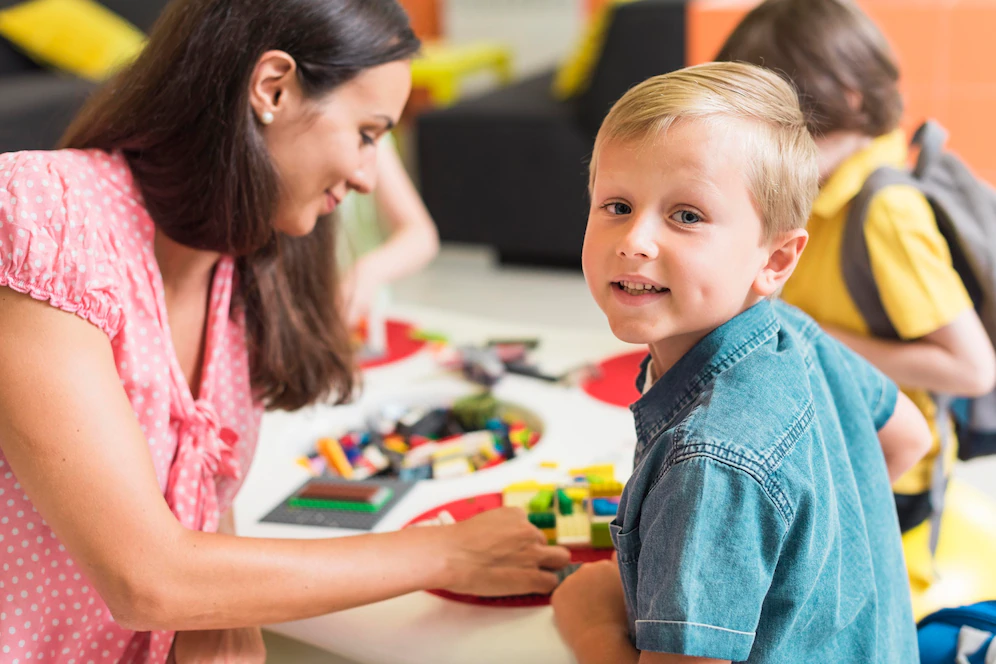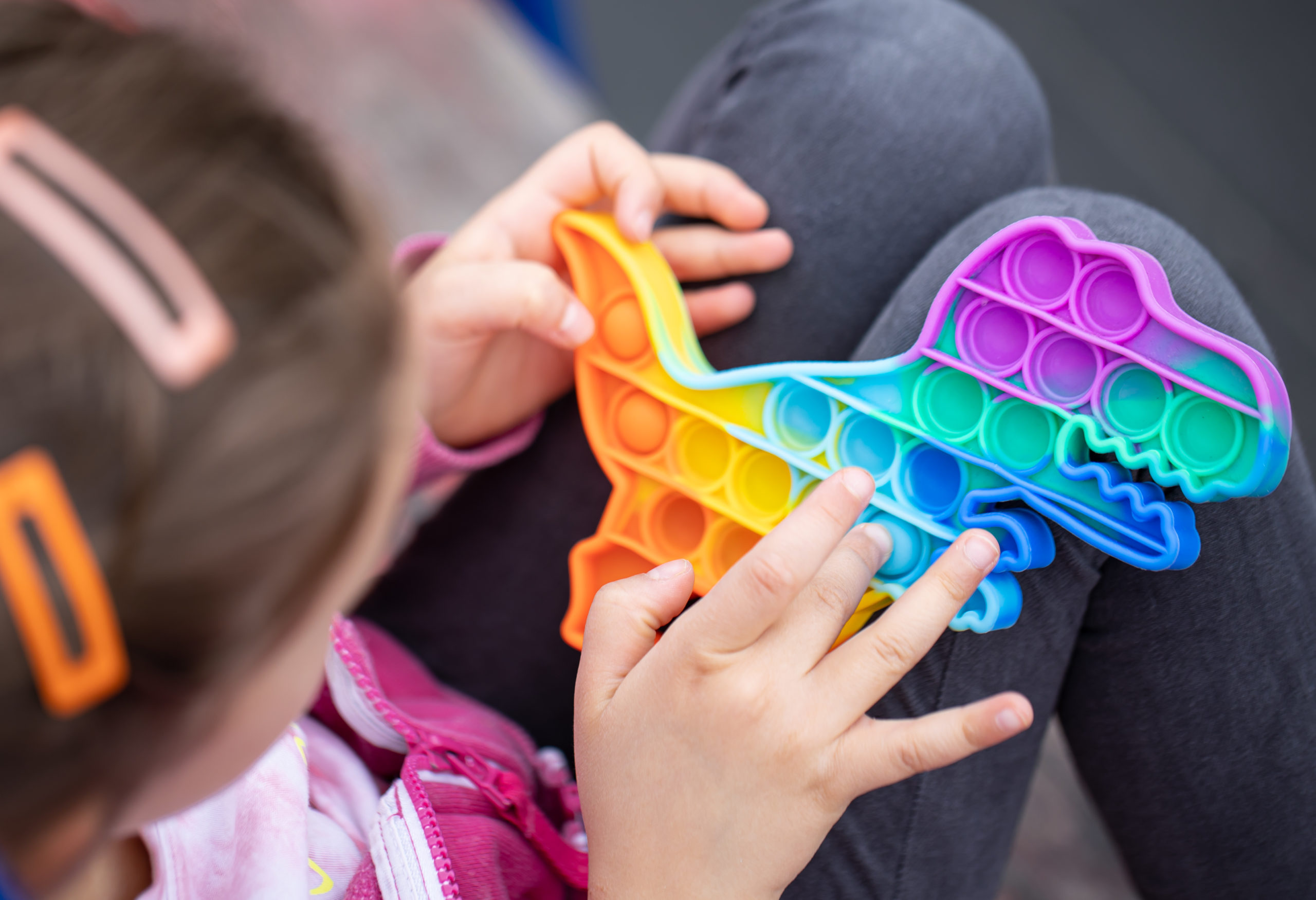Managing Behavioural Differences in Children with Autism
Children with autism have many unique characteristics and behaviours which may be challenging. Managing behavioural differences in children with autism can be complex but essential in improving their quality of life and overall functioning. It is important for parents and caretakers to seek support and guidance throughout this journey. Through patience, understanding, compassion, and by following the below guide, children can thrive in their school and home life.
A study conducted by the National Library of Medicine suggests that the prevalence of challenging behaviours increases with age during childhood, reaches a peak during adolescence and young adulthood, and then declines in later adulthood years.
Autism Services with Servisource
With occupational therapists, psychologists and speech and language therapists on our roster, the Servisource team has the right people to fulfill the needs of those with autism. Our dedicated team can facilitate a full range of services that adapt to the child’s needs organised in an efficient manner.

Be Understanding
Each child with autism is unique, so it’s crucial to understand their strengths, weaknesses, and triggers for challenging behaviors. Managing behavioural situations requires a deep understanding of each individual’s unique personality and needs. They require a tailored approach unique to them.
Keep in mind that some behaviors might be attempts to communicate needs or cope with sensory differences. As caregivers, it is our responsibility to approach these situations with compassion and empathy, understanding that certain behaviors may be a result of frustration or a need for sensory input. By incorporating techniques such as positive reinforcement, encouragement and creating a safe, predictable environment, we can help children with autism learn the appropriate behaviors to manage day to day life.

Create a Structured Environment
Children with autism often thrive in structured and predictable environments. Establish a daily routine and use visual schedules or timers to help them understand what to expect throughout the day. When it comes to their learning and development, routines are essential. They find comfort in knowing what is coming next, which allows them to feel secure in their surroundings. As parents and caregivers, it is our responsibility to ensure that they have this structure in place.
When creating a structured environment for a child, it is important to consider their different sensitivities and perceive every detail from visual and auditory cues to the arrangement of furniture. By establishing consistency, providing clear expectations, and creating a supportive atmosphere, we can help them reach their full potential.

Teach Communication Skills
Communication challenges may arise. One way to help this is to implement and encourage the use of alternative communication methods, such as sign language, picture exchange communication systems (flashcards or posters), repetition, and assistive technology devices (tablets or laptops).
Teaching communication skills to children is a crucial step in helping them build relationships and to navigate different social settings. Use simple, clear, and concise language. Speak slowly and provide enough time for the child to process information. Encourage communication throughout the child’s daily routines and create opportunities for communication during playtime, mealtime, and other activities. Celebrate every small step forward and remain patient and supportive throughout the process. Consistency and repetition are essential when teaching communication skills to children.

Limit Environmental Triggers
Identify and minimise environmental triggers that might lead to challenging behaviors, such as loud noises, bright lights, or crowded spaces. The world can often feel like a confusing and overwhelming place for them at times.
Environmental triggers such as bright lights, loud noises, and strong smells can trigger anxiety and sensory overload. As parents and caregivers, it is essential to identify and limit these triggers to help promote a more comfortable and positive environment for them. By creating a calm and soothing atmosphere that caters to their specific needs, we can help them feel more supported and empowered to thrive. Compassion and understanding can make all the difference in helping these children grow and achieve their fullest potential.
As parents and caregivers of children with autism, it’s important to remember that managing behavioural traits is not an easy feat. With the right approach, and a plan in place to effectively address issues, it can be done with the help of dedicated professionals. It’s never too early or too late to start implementing strategies and the key is to create an environment full of respect and understanding while also providing consistency and structure. With patience and practice, families can help children manage their behavior and positively guide them toward independence.











